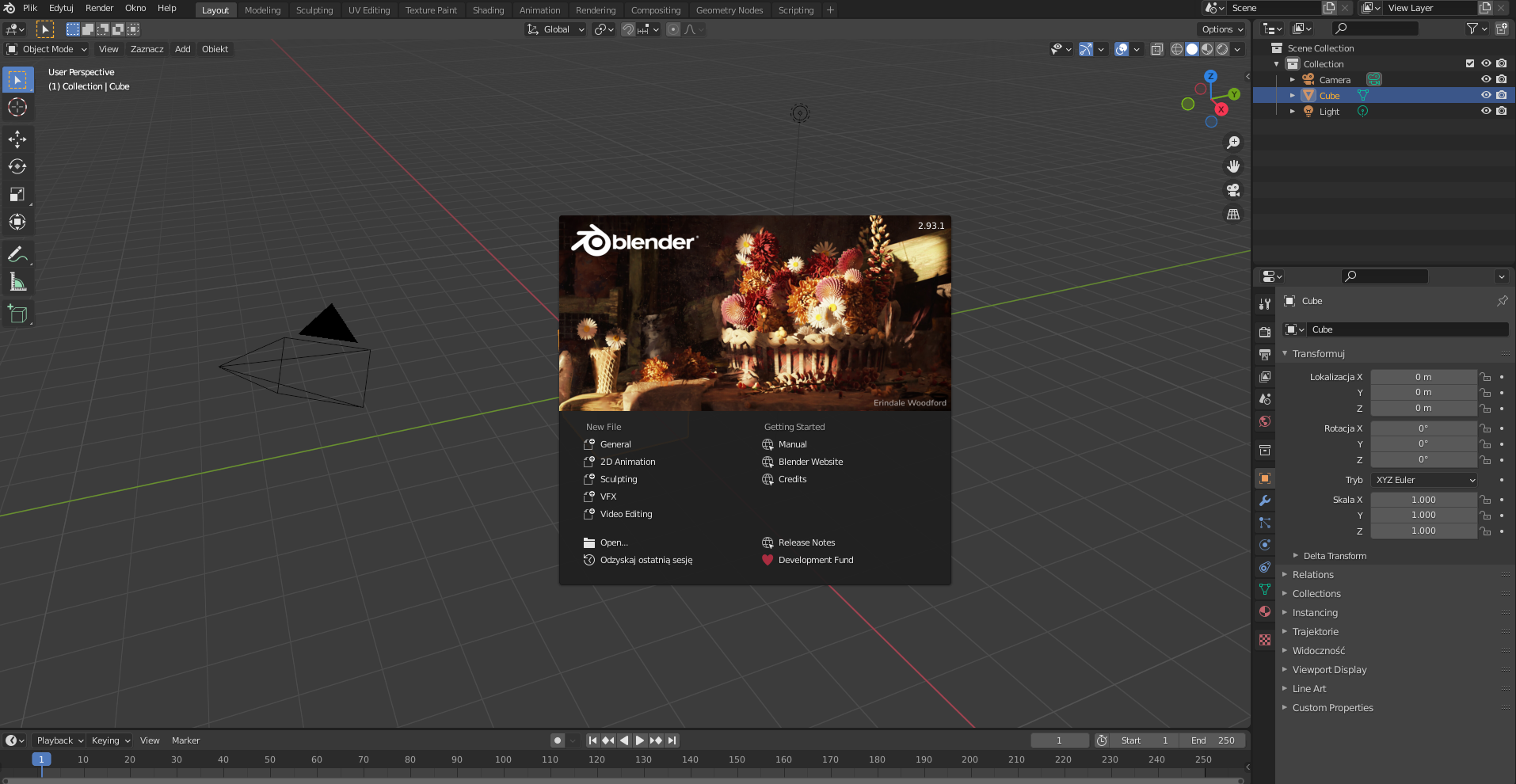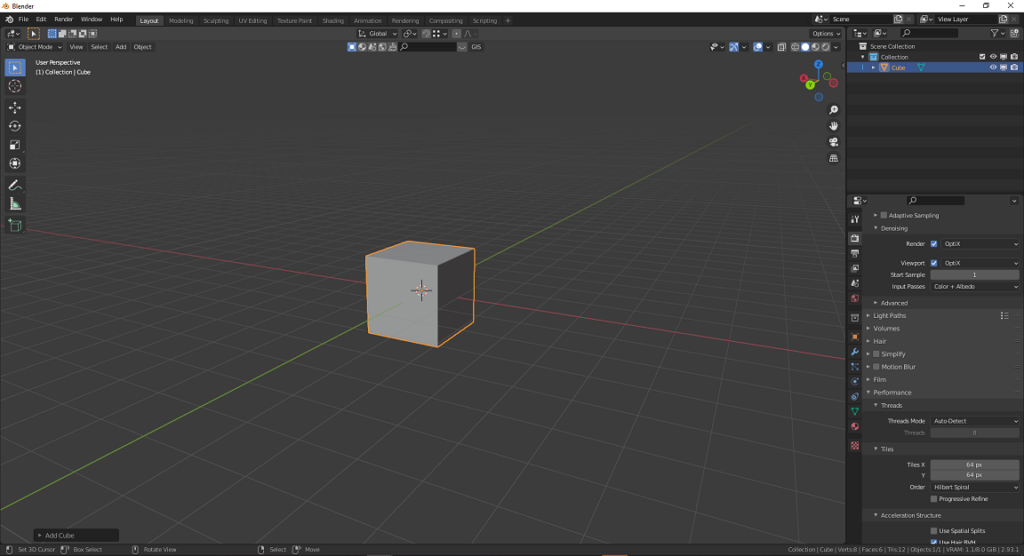
We were inspired to write this article by a conversation with one of the clients who asked whether we work on a professional program at Double Prism or use free software such as Blender? Our answer to this question was: we work on Blender, an experienced and free 3D graphics program. First, however, we decided to cover more broadly why an open-source 3D graphics program can be a professional program at the same time and why Blender deserves the name.
After creating a management model for a given software project, some companies or foundations make it available to the broader community for further development. That is what open-source software is all about. Additional design and development are in the hands of the user community and developers who make the software evolve. That is the case, for example, with the Apache Foundation, the Eclipse Foundation, or even the Linux Foundation. The Blender program is no different.
A brief history of Blender
The history of Blender is extraordinary. The first author and programmer were Ton Roosendaal from the Dutch company NeoGeo, which started its activity in 1988. A decade later, Roosendaal formed a new company, Not a Number, to take care of the further evolution of the free Blender software. However, the program was so advanced that the cost of its further development turned out to be too high, and investors withdrew.
However, it would be a shame to part with a program that could compete with the then giant on the market, 3D Studio Max. The entire Blender community has come to the rescue in this challenging situation. All community organized a fundraiser, and they bought the rights to operate it on behalf of the Blender Foundation. The redemption of the rights cost the foundation 100,000 euros, but they collected the entire amount in just seven weeks.
Ultimately, the developers made the best possible decision. They resold the source code to the community, making Blender open-source since 2002. As a result, the blender software is constantly evolving and updating thanks to the involvement of users. Moreover, people familiar with the Python programming language can supplement it with their scripts, as Blender is fully “extensible” software. As a result, it is now one of the dominant 3D graphics software available for all operating programs. You can install it on both Linux, Mac, and Windows computers.

One program, many possibilities
In Blender, you can create and animate not only 3D objects but complete universes and environments that effectively allow you to create architectural visualizations, interior visualizations, as well as short and fiction films intended for screening in cinemas. In addition, the program offers several advanced options such as UV unfolding, texturing, and, of course, advanced 3D animation. With Blender, you can also perform physical simulations for elastic bodies, fluids, and even particles. Thanks to this, graphic designers can achieve stunning 3D effects.
Blender offers excellent possibilities, and its interface is pervasive. For this reason, it can cause learning problems. However, after updating the software to version 2.8, the interface underwent a revolutionary change, thanks to which it significantly improved in readability. However, most of the commands you can perform using keyboard shortcuts facilitate and speed up the work. The program also allows you to create individual configurations, which is also its great advantage and enables visualizations and animations. You can add or delete sections, move them to a different place in the interface, or resize them, among other things.
Blender in the film, animation, and video game industries
Today, Blender has extensive use of the film industry because of its unique capabilities special effects. However, we remind you that this is a free tool also available for beginners. The possibilities of the program contributed to the creation of many successful animations and films, incl.
- „Spider Man 2”
- “Jurassic World: Fallen Kingdom””,
- “Warcraft: The Begining”
- “The Man in the High Castle”
- “Hardcore Henry”
- “Next Gen”
Blender also has a video game graphics engine from Blender Game Engine. However, after the release of version 2.8, developers suspended work on the proprietary engine. Instead, the community has created its downloadable engine. The last version with a built-in engine in Blender is version 2.79. To this day, it is trendy among gamers who are starting to create their content. One of the most popular projects, which was entirely created in Blender, is the cult open-source game called “Yo Frankie”.
With so many features, Blender is a relatively lightweight and undemanding program. It weighs from 200 to 300 MB depending on the version you currently have.
Blender is not only an alternative to paid programs
Blender is to the 3D industry what GIMP is to 2D. The software is a massive competition for the global 3D graphics market leaders, such as 3DsMax, Cinema4D, or Maya, as evidenced by the increasing support of world leaders in the graphics industry. On the Blender website, we can find sponsors such as Adobe, Epic Games, and many others who saw the potential in this software. Thanks to the power of modeling, animation, rendering, and even real-time tools, Blender presents itself as a very serious “outsider.” Thus, the professionalism that you can achieve with this advanced tool should certainly not be questioned.
Of course, in our daily work, we do not limit ourselves to just Blender. We also use 2D graphics programs to make an advanced post-process of the final render (photos). In addition, we use the texturing capabilities offered by Adobe Substance Painter or DaVinci Resolve for editing films and animations. However, it does not change the fact that the foundation of our activity is Blender 3D, thanks to which we can offer architects, producers, and sellers photorealistic images, both static and dynamic.


